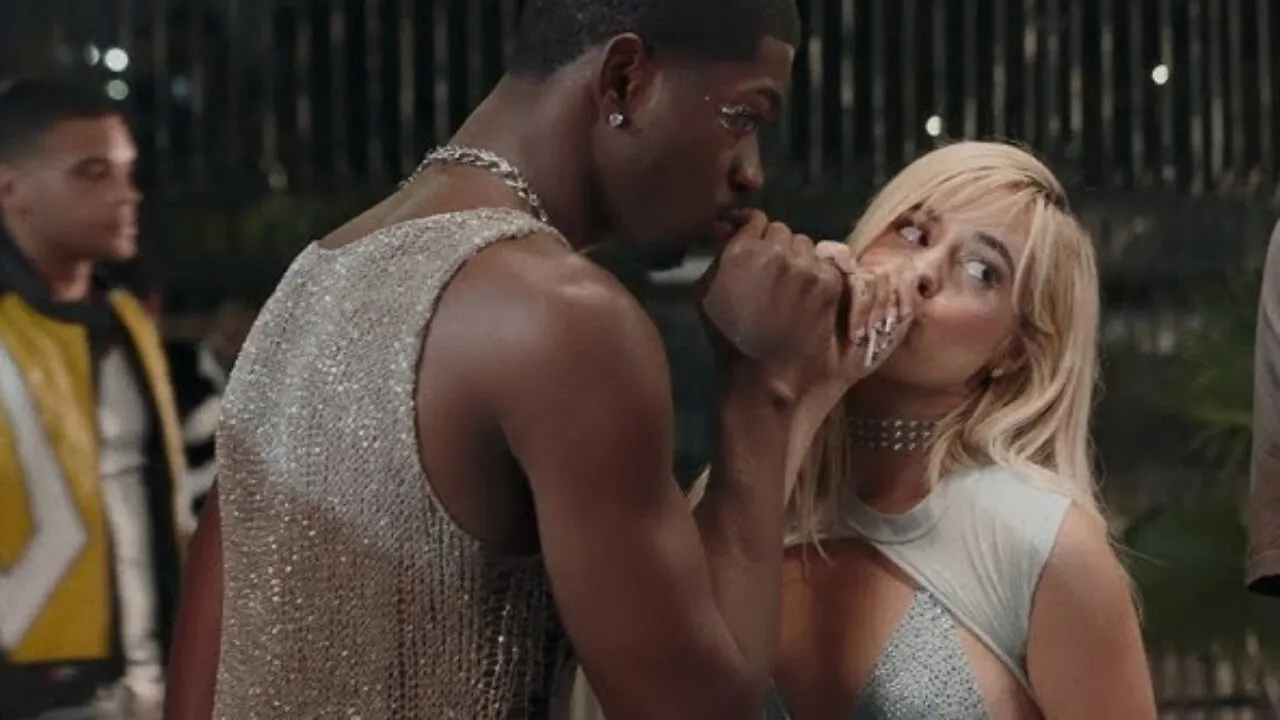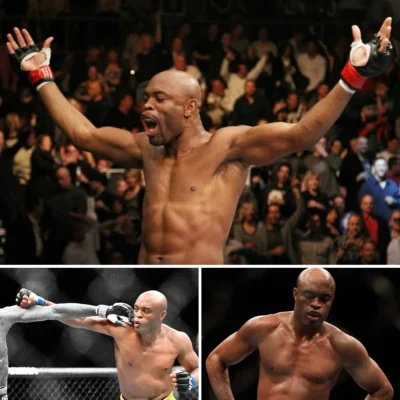
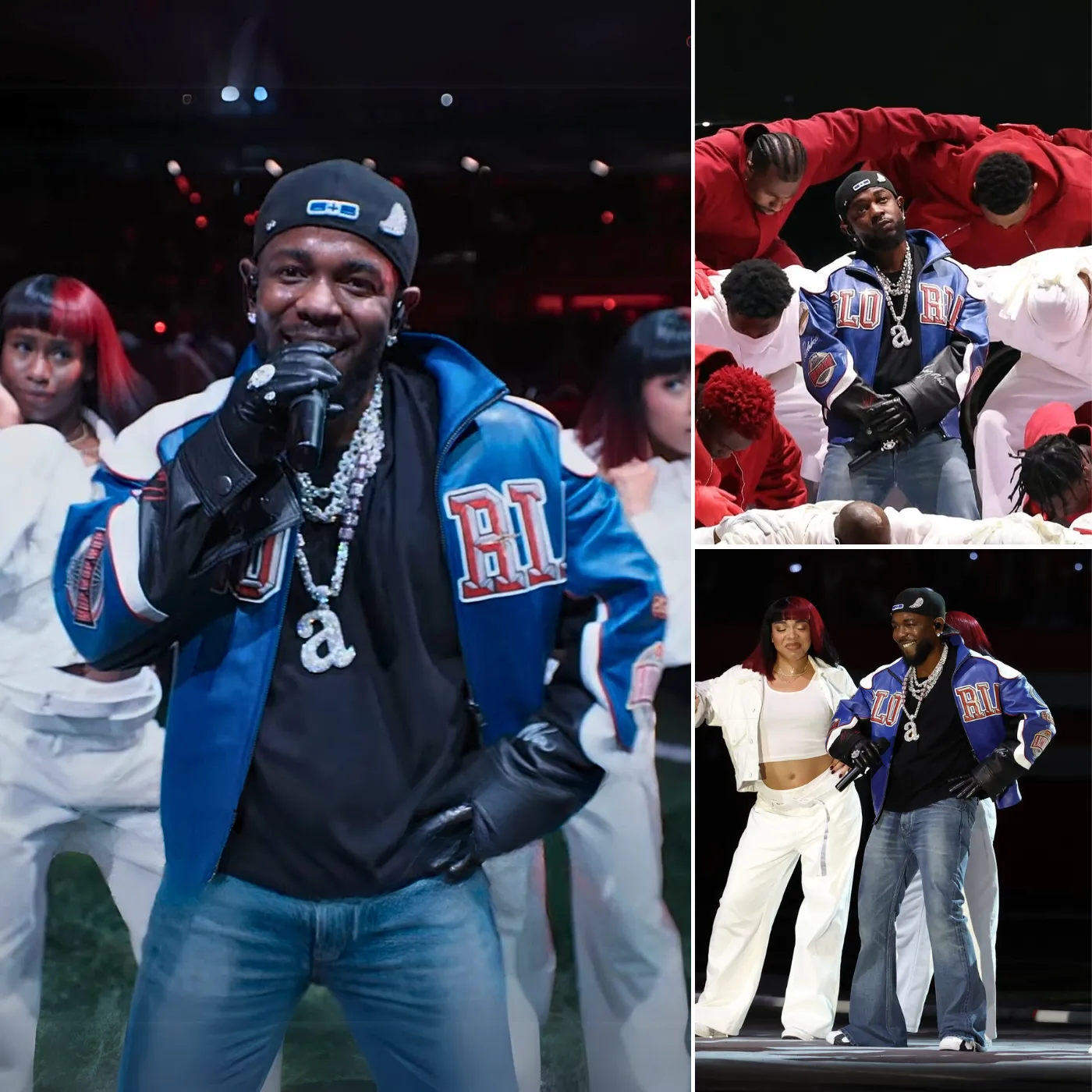
Learn to diss your haters like Kendrick Lamar: his Super Bowl halftime performance was unapologetic as hell
The Super Bowl halftime show has long been a platform for artists to deliver career-defining performances, but Kendrick Lamar’s Super Bowl LIX showcase on February 9, 2025, was something different altogether. Unapologetic, provocative, and deeply personal, Lamar used his stage time not to celebrate past hits but to make a statement—one that touched on hip-hop culture, American identity, and his ongoing feud with Drake.
In a rare move, Lamar deviated from the traditional “greatest hits” approach, performing eight out of eleven songs from the past 12 months rather than leaning on classics like Alright or B**ch Don’t Kill My Vibe. His willingness to take risks paid off, making this one of the most talked-about halftime performances in recent memory.
A Setlist That Defied Expectations
Unlike past Super Bowl performers who catered to nostalgia, Lamar’s setlist was a testament to his current creative vision. The rapper opened with an unreleased song, instantly signaling that this wouldn’t be a typical showcase of past chart-toppers. Instead, he used the platform to present his latest work and solidify his narrative.
His decision to exclude some of his biggest hits was a bold one. While many expected him to perform universally loved anthems like HUMBLE or DNA., Lamar stayed true to his storytelling roots—even at the cost of mass appeal.
Performing “Not Like Us”: A Defining Moment
Perhaps the most talked-about part of Lamar’s performance was his inclusion of Not Like Us, a track widely recognized as a diss aimed at Drake. Leading up to the event, speculation ran rampant over whether Lamar would perform the controversial track, given ongoing legal disputes and public scrutiny. Yet, when the moment arrived, Lamar delivered the song without hesitation, effectively cementing his place in one of hip-hop’s most explosive feuds.
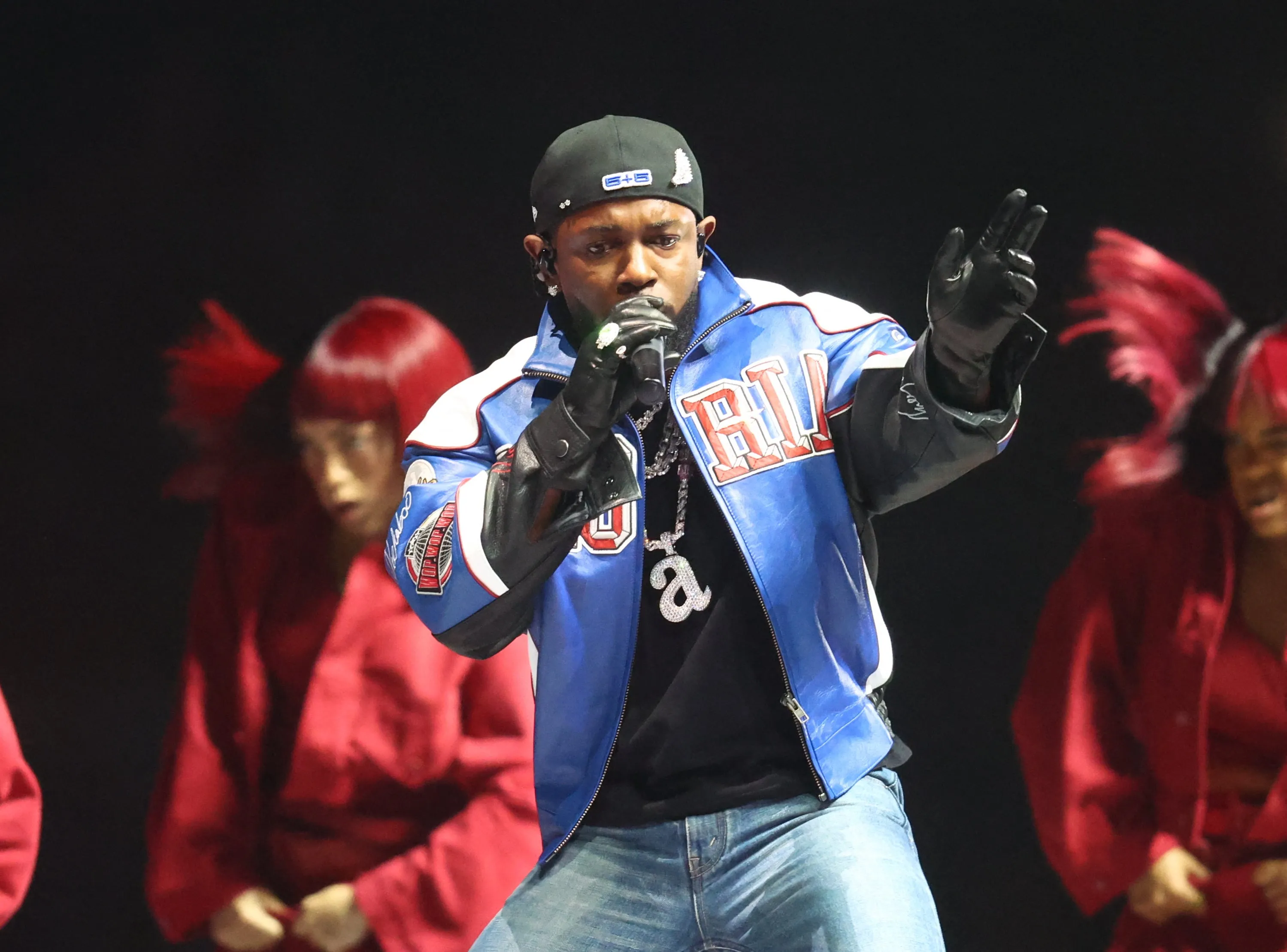
Fans and analysts alike interpreted this performance as an exclamation mark on the beef, proving that Lamar would not be silenced by lawsuits, leaked setlists, or public speculation. His smirk and unwavering confidence as he performed the track made it clear: he was in control of his narrative.
Symbolism and Storytelling: A Message Beyond Music
Lamar’s halftime show was more than just a performance—it was a statement. From the visuals to the choreography, every aspect carried deep symbolism that reflected themes of racial identity, societal division, and artistic defiance.
- Dancers in red, white, and blue outfits moved in formations that resembled a fragmented American flag, visually representing a divided nation.
- Chants of “The revolution ‘bout to be televised” echoed throughout the stadium, reinforcing themes of resistance and change.
- The phrase “forty acres and a mule”—a reference to America’s broken promises to Black Americans—flashed on screens, sending a powerful message about historical injustices.
By weaving these visual and lyrical elements together, Lamar transcended the traditional Super Bowl performance, using the stage to comment on America’s ongoing struggles and the role of hip-hop in shaping cultural narratives.
Super Bowl Viewership and Cultural Impact
Lamar’s halftime show resonated beyond the stadium, drawing a record-breaking 133.5 million viewers, surpassing Michael Jackson’s legendary 1993 performance. This number wasn’t just about football fans tuning in—it was a reflection of Lamar’s influence in music and culture.
The show immediately sparked debates online, with fans and critics dissecting his artistic choices, his refusal to bow to commercial expectations, and his decision to highlight recent work over past hits. Some called it the boldest Super Bowl halftime show ever, while others questioned whether he alienated casual viewers.
Regardless of the mixed reactions, one thing was clear: Kendrick Lamar had seized his moment and reshaped what a halftime performance could be.
Breaking Streaming Records Post-Super Bowl
Lamar’s impact wasn’t limited to just the performance itself—his music saw a massive surge in streams immediately after the show.
- Not Like Us skyrocketed to the number one spot on the Billboard Hot 100.
- Luther, his latest single featuring samples from the late Luther Vandross, also surged to the top of the charts.
- His entire discography saw a 200% increase in Spotify and Apple Music streams.
This post-Super Bowl streaming dominance cemented Lamar’s position as one of the most influential artists of the decade, proving that his willingness to take risks had paid off commercially as well as critically.
How the Feud with Drake Shaped the Narrative
Beyond the music itself, Lamar’s performance fueled ongoing conversations about his public feud with Drake. Hip-hop fans had been watching the back-and-forth between the two rap titans for months, and Lamar’s decision to include Not Like Us in his Super Bowl setlist was viewed as a final power move in the rivalry.
Even industry veterans weighed in, with RZA humorously likening the feud to “Godzilla vs. King Kong,” suggesting that hip-hop beefs—when handled within music—only elevate the genre. Others speculated that Lamar’s performance had permanently tilted the scales in his favor, solidifying his legacy as one of the greatest lyricists of his generation.
Lamar’s Artistic Integrity: A Risk That Paid Off
One of the most remarkable aspects of Lamar’s performance was his uncompromising artistic integrity. Unlike many Super Bowl performers who aim for broad audience appeal, Lamar stayed true to his vision and message.
- He refused to alter his setlist, despite pressure from advertisers and legal teams.
- He didn’t rely on nostalgia to win over casual fans.
- He used the platform to tell a story—his story—on his own terms.
This decision wasn’t without risks. Some critics argued that his approach was too niche for a global event. Others felt he should have included more of his classic anthems. But for those who understood the weight of his performance, it was nothing short of revolutionary.
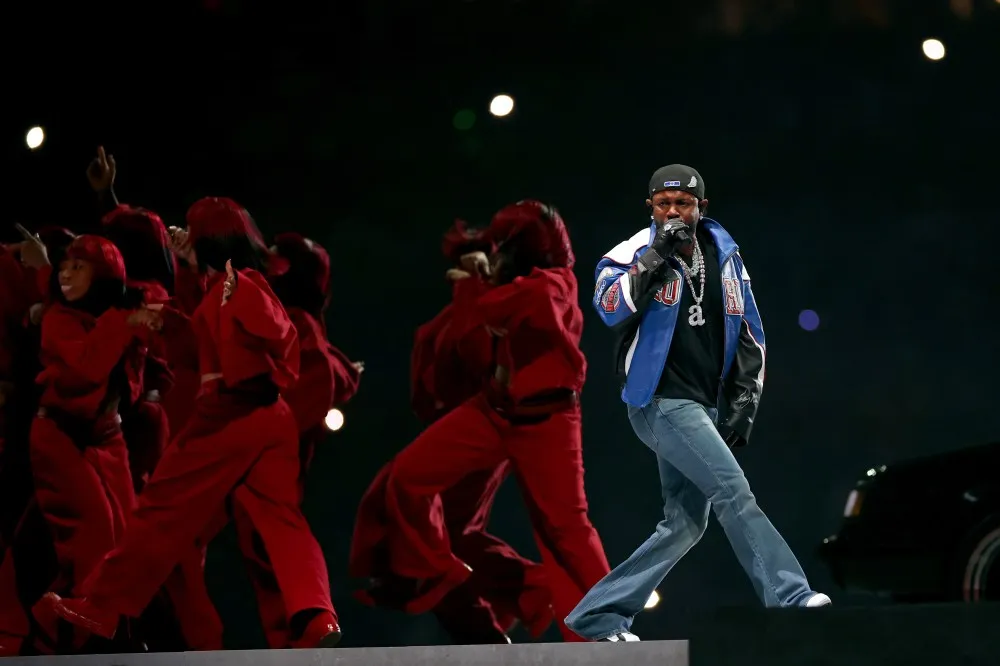
What This Means for Future Super Bowl Performances
Lamar’s performance has undoubtedly set a new precedent for what a halftime show can be. In an era where commercial appeal often outweighs artistic expression, his decision to prioritize storytelling over mass entertainment has challenged future performers to think differently about their own Super Bowl moments.
Will future halftime shows be as bold and thought-provoking? Or will artists revert to the traditional medley of greatest hits? One thing is certain: Kendrick Lamar has raised the bar.
Final Thoughts: A Super Bowl Performance Unlike Any Other
Kendrick Lamar’s Super Bowl LIX halftime show wasn’t just a performance—it was a cultural moment. From his defiant setlist choices to the symbolism woven throughout the production, he proved once again why he is one of the most compelling artists of his generation.
In a world where artists are often pressured to play it safe, Lamar took a risk—and it paid off. His performance wasn’t designed to be comfortable or easy to digest. Instead, it was meant to challenge, to provoke, and to leave a lasting impact. And in that regard, he succeeded spectacularly.
As the dust settles on Super Bowl LIX, one thing remains clear: this performance will be remembered for years to come. Not just for the music, not just for the controversy, but for the unwavering artistic vision that Kendrick Lamar brought to the biggest stage in the world.
And that, in itself, is the mark of a true icon.








